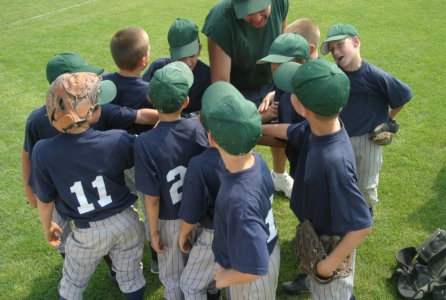Intercollegiate sports:
- The first contest was in 1852 between Yale and Harvard
- 1st football game was in 1869 between Princeton and Rutgers
- It was student run, and they used the British model
- The faculty got involved in 1880
- 1895 the first league was formed which was the BIG 10
- Intercollegiate athletic association formed in 1905
- NCAA was formed in 1910
Expenditure & Revenue:
- Scope of program
- Primary sources of funding
- Level of competition
- Media coverage
- Role and status of sports
Abuses in intercollegiate sports:
- Illegal recruiting
- Easy majors
- Exploitation of athletes
- Pressure to win
- Pressure to make money
Benefits of College Sports:
- High profile sport teams can be used with fundraising
- Teams may attract attention for potential students
- Social events and occasions
Spending money on big time college sports:
- Increased 4 times faster than academic budges at universities
- Has no effect on academic quality
- Does not increase alumni donations
- Does not improve win/loss records
- Increases wealth gap between athletic departments
- Occurs to keep up wit other athletic department
In this article Expenses and Revenue it discusses how these 28 big time division 1 programs operated in the red in 2014. The University of Auburn purchased an 11,000 sq foot video board. They lost about $17 million that year. There are also many different examples of Universities losing money. Some of the schools say that they don't have enough money to what needs to be done but others say that they should be spending the money more wisely. I personally think that Universities need to spend that money because that is what makes the sport so great. All the advertising and recruiting to get the best players to play on your team. Plus when they get to your school you want them to feel like they are wanted there so the colleges purchase nice things so that the athletes feel welcome.
